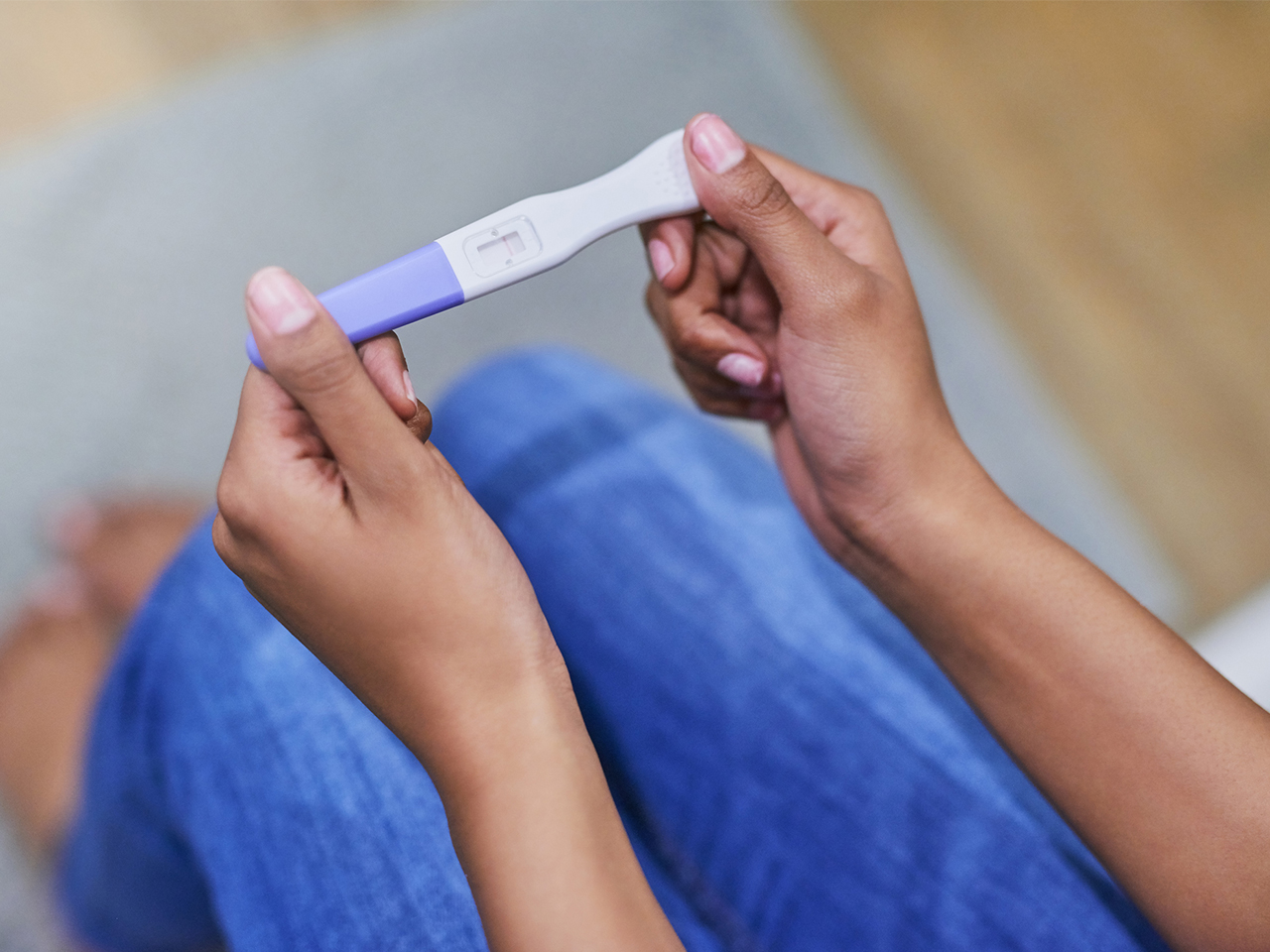

With this method, hCG can be detected a few days after implantation. Therefore, if one of these kits is used, one should be aware of possible inaccuracies.Īn extremely accurate pregnancy test uses radioimmunoassay of hCG in a woman’s blood. Several home pregnancy test kits are available without prescription they tend to be less accurate than laboratory results from a clinic or doctor’s office. Most urine tests are not sensitive enough to detect hCG until about 15 days after fertilization (about one day after the missed menses). This can occur because the test is done before hCG is secreted in high enough levels to be detected. Also, a negative response can be obtained in a newly pregnant woman. A deficiency of this method is that in some cases a color forms when hCG is not present this is due to the interaction of anti-hCG with other proteins in the urine and not to hCG. In such an immunoassay pregnancy test, anti-hCG and urine are mixed in a test tube or on a glass slide, and the presence or absence of a certain color is noted. When hCG is present in a solution, anti-hCG combines with it to produce a visible color reaction. The current method of detecting pregnancy utilizes the fact that a monoclonal antibody to hCG (anti-hCG) can be obtained. Fortunately, more effective pregnancy tests have been developed. Another disadvantage was that many animals were killed. One disadvantage was that most of these bioassays could not detect the presence of hCG until two to four weeks after the missed menstrual period. Because hCG acts like luteinizing hormone (LH), when present in the urine it causes ovulation in female animals or spermiation in male animals. In these tests, a woman’s urine was administered to test animals such as mice, rabbits, frogs, and toads. In the past, bioassays were used to detect the presence of hCG. This hormone is human chorionic gonadotropin (hCG), which is secreted by the syncytiotrophoblast of the implanting blastocyst and from the placenta soon after pregnancy is established.

Pregnancy tests detect a hormone that is present in the blood and urine of a pregnant woman. Lopez PhD, in Human Reproductive Biology (Fourth Edition), 2014 Pregnancy Tests


 0 kommentar(er)
0 kommentar(er)
